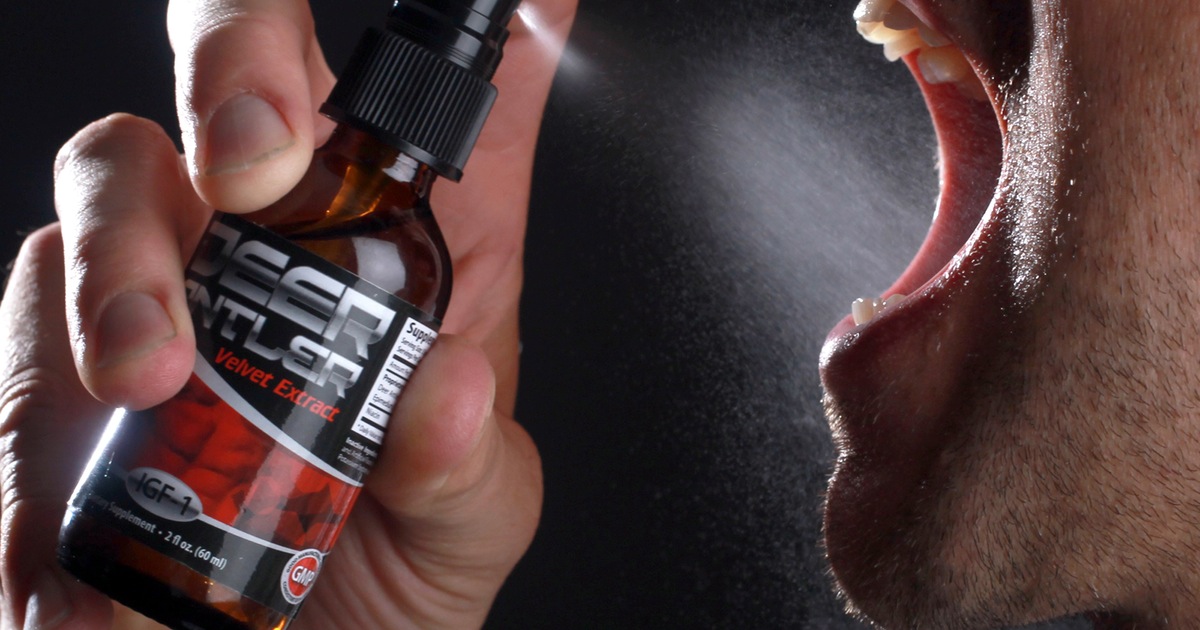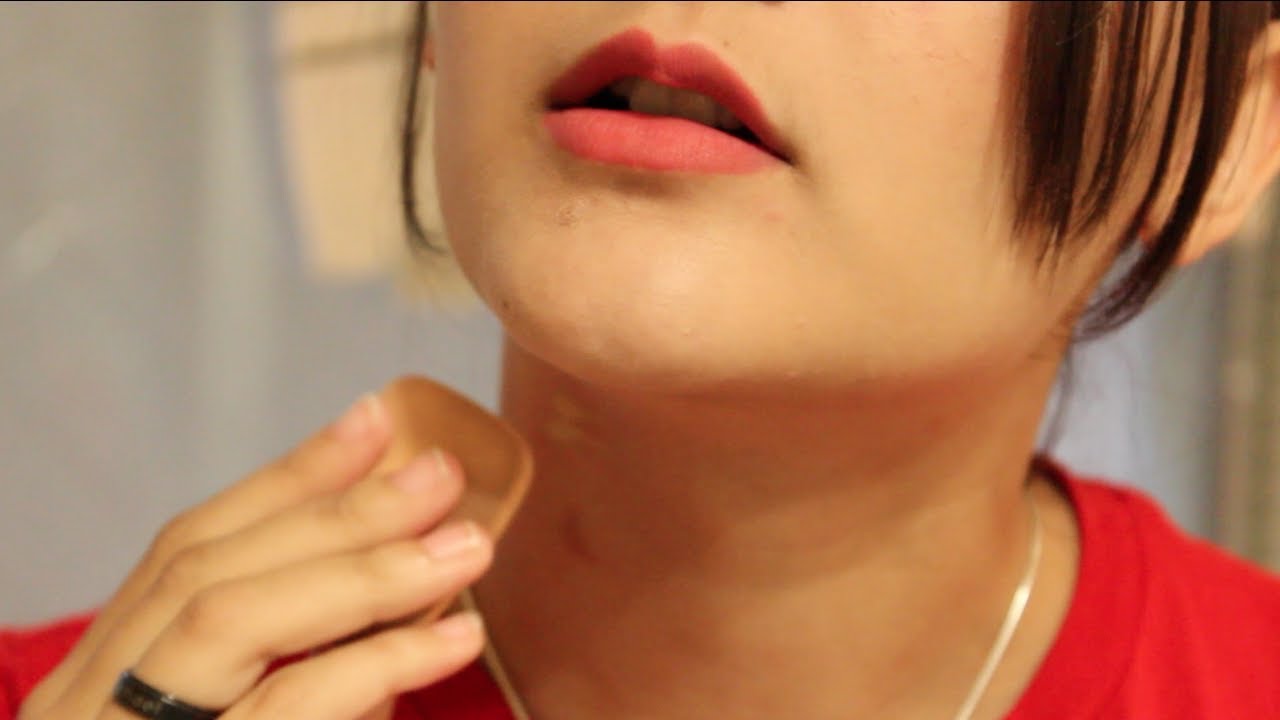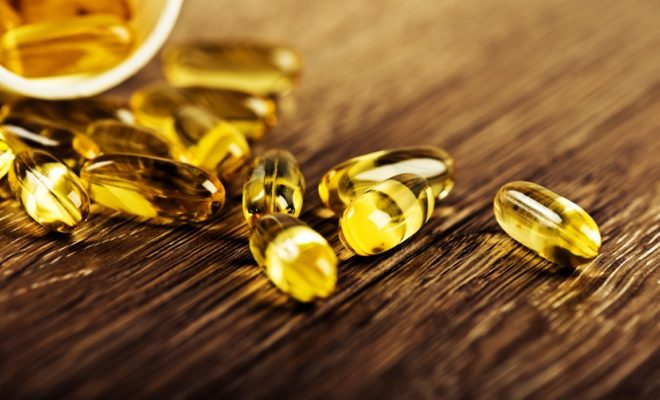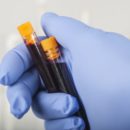An Overview Of Deer Antler Spray And Igf-1

The main ingredient of a supplement that has recently gained massive publicity is found in deer antlers, or rather, the “velvet” that surrounds growing antlers on young bucks. Antlers are protected in a velvety skin during the early stages of their growth before the horns harden. Deer antler horns grow and harden quickly as a result of their high IFG-1 content. The velvet is harvested by a veterinarian who clips the tips of the live antlers. The extract is frozen and shipped to manufacturers who mass-produce supplements. New Zealand is the top exporter of this substance.
Though the process is inhumane and there’s no valid evidence that it works, the spray is used by professional athletes as an alternative to using hard steroids. It is taken as a supplement and is regulated as such by the FDA. It contains traces of insulin-like growth factor-1, a protein and hormone that produces results the likes of human growth hormone. Because of IGF-1’s abilities to enhance muscle mass, strength, endurance, and promote healing and energy, the substance has been banned; however, such small traces were found in the deer antler spray that the spray itself has recently been removed from the World Anti-Doping Authority’s list of banned substances. Somewhat ironically, sales have surged.
In the weeks prior to Super Bowl MMXXIII, Baltimore Ravens linebacker Ray Lewis ordered a supply of deer antler spray, deer antler pills, and other horn-related products from a company that sells performance-enhancing drugs. Reports claimed Lewis used the drugs to overcome a triceps tear. Within days, professional golfer Vijay Singh was found guilty of using the spray as well, though he claimed he did not know that it contained an illegal substance.
Though ultimately neither was penalized, they both endured unfavorable publicity and gave the public a face to associate with the product as “proof” that it works; after all, if an athlete uses it, it must be effective, right?
IGF-1 itself is in the same boat as HGH. It is banned by the FDA and the World Anti-Doping Agency because it can be used as a performance enhancing drug when taken via injections. Like human growth hormone, it cannot be efficiently used by the body when it enters through the nasal cavity or stomach. Despite these findings, countless athletes swear by it, claiming that spraying it underneath the tongue several times a day helps cure a number of ailments. Many who make these claims, however, have a strong monetary interest in the substance and there is very little scientific research supporting their claims.
Outside the realm of sports, IGF-1 is used as a treatment for hormonal growth deficiency. It is naturally produced by the liver and its production is stimulated by growth hormone. Like growth hormone, it is used illegally as a steroid in the body-building community. Legally, it helps children whose bodies cannot make enough of it grow. This is as a result of a rare disease called IGF-1 deficiency.












